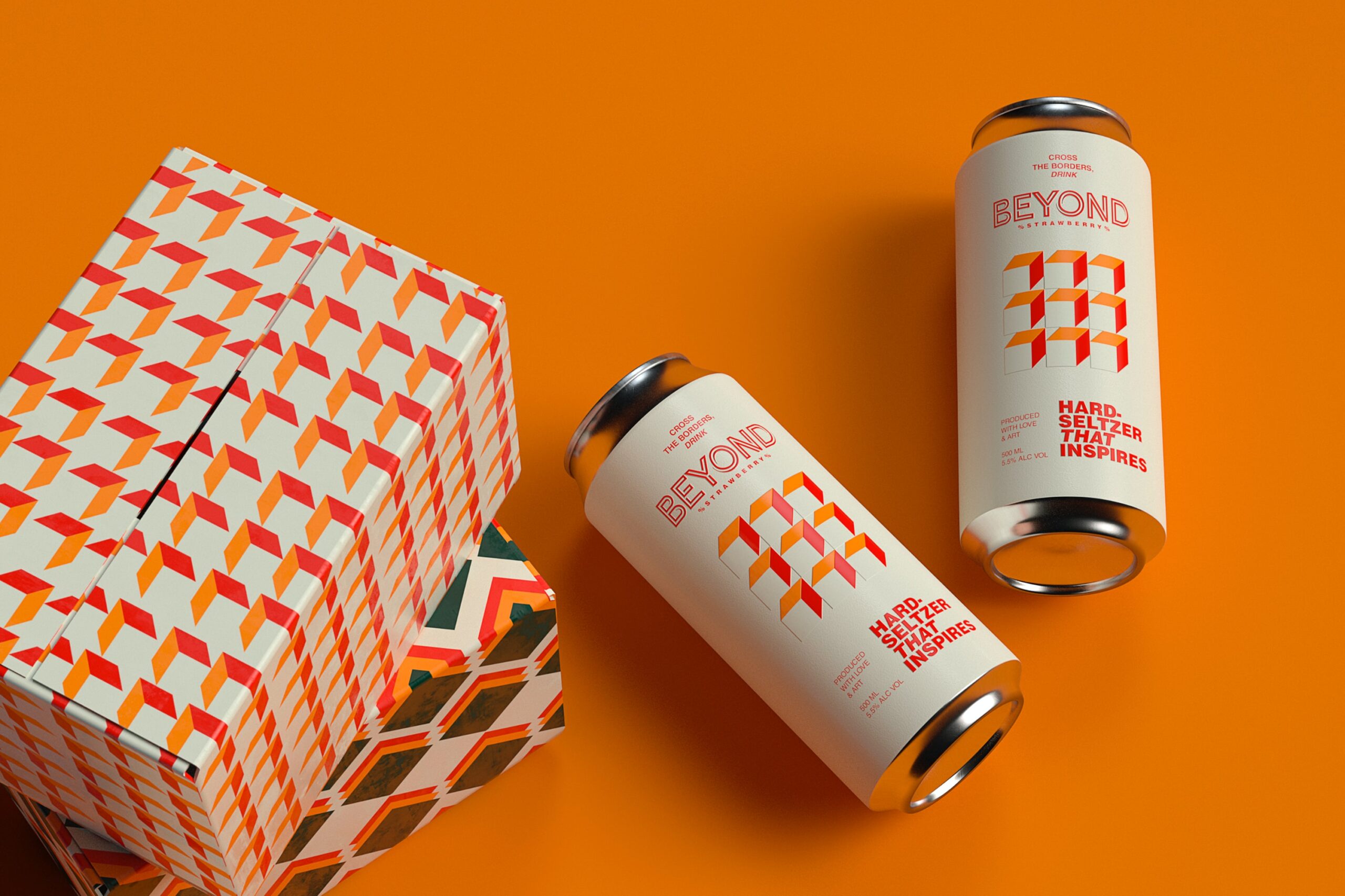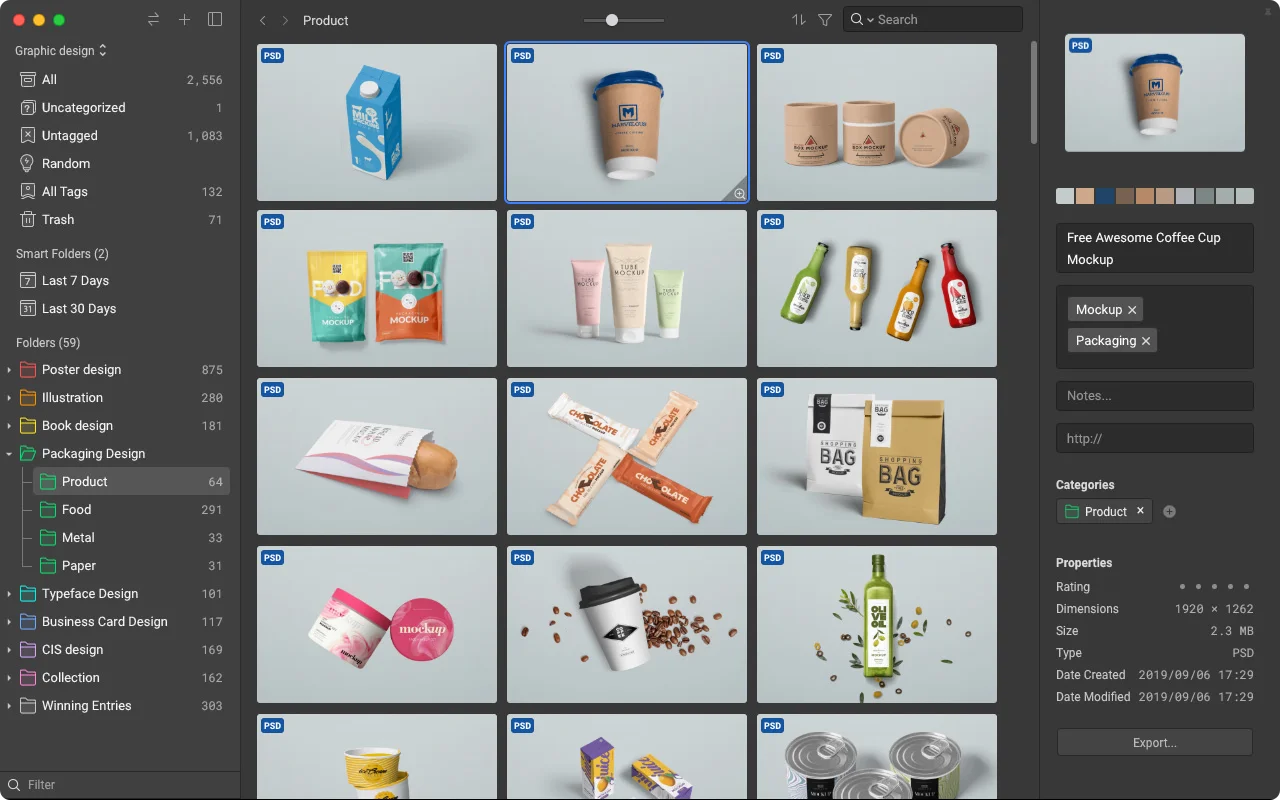Creating great ideas is only the beginning. Selling those ideas to the potential client is as important as the creative genius behind the work. Unfortunately, many designers and creatives are not great at branding themselves or selling their ideas. Here are five ways to make a great presentation so that you can sell your idea and land the contract.

1. Pitching Takes Practice
As any great ball player will tell you pitching takes practice. Practice your pitch in the mirror, in front of your dog, and especially in front of a friend with Attention Deficit Disorder. Creatives are generally detailed oriented and an ADD perspective can be very valuable for pulling an idea together and creating a great pitch. In the movie industry they use something called a logline- one sentence that tells the entire plot of a script and peaks a producer’s interest in less than 5 seconds. Mastering the logline and practicing the pitch are the first secret to capturing the attention of your audience. Once they are listening- then it is time to elaborate.
2. Establish a Theme and Stick to it
Every design project has a goal. The goal may be to sell a web application or make a distinctive logo or an ad campaign. Irregardless of the size of the project, the client has a set of needs. Study those needs and then package them into one solid theme that will fix their problem with your product. Ever been to a county fair and watched one of those slice-n-dice-it kitchen gadget experts give their pitch? Masters of selling, the slice-n-dice-it guys don’t talk about canning and baking and cleaning when they are trying to sell knives.They talk about cutting things. Similarly, if you are pitching a logo for a health food store, keep to the theme. This might include looking at what their brand stands for, how their healthy clients are going to relate to the logo, why the logo is greener and better branding than the best competition and their current logo. It would not include talking about Apple Computer. Keep to one theme in your presentation and nail your examples to that theme. This way if your listeners are only half listening they will always get the important half.
3. Know What You Want Out of the Presentation
So far we have focused on the client and that is always the #1 starting point, but to really close a deal it is important to have a clear idea about your own goals. For example, if the goal is to sell a logo with the presentation, this will lead to a very focused pitch. However, if the goal is to cement the logo job and possibly be considered for an entire ad campaign the pitch needs to be designed to attain that larger goal. Your end game combined with meeting the client’s needs will create an excellent theme and a winning presentation.
4. Say it Quickly and Say it Well
Given 15 minutes for a presentation? Make it 5. Take those 5 minutes to make a tight, informational, brief, catchy and simple pitch. Paint a picture of exactly how your design is going to work and make the client money. Help the client visualize success. Then take the extra 10 minutes to discuss details, collect client ideas and listen. Presenting a topic is only half of the pitching process. The best pitches draw the listeners into the project and involve them into the process. When this happens the pitch is no longer about if you get the job- but how we are going to do the job (IE you have already landed the contract). Furthermore, listen as if your life depended upon it. These pitch mashup discussions will tell you exactly how to proceed to make the client happy and turn the project into a resounding success.
5. Use Supports for a Strong Pitch
Use as many supports as possible to strengthen your pitch. No good general would go into a war with a bag of marshmallows. Supports include backup materials, slides, flip charts, mockups, online examples, mobile computers and slide projectors, even promotional products from companies like Gopromotional to illustrate how your ideas will look and feel in real life. Most importantly, whenever possible present in person. All of these supports will help you guide the client into your creative world and help them to understand on many levels how what you are saying will look when it is all finished. These supports will also force you to stick to the theme and keep focused when giving your presentation. Supports take time to create, money and planning but leaving them in the hands of a client at the end of a presentation will often seal the deal and land the contract.
Use the 5 strategies above to create a great pitch and land great contracts. Remember that selling is at least as important as creating.
Lisa Pluth, PhD, is a researcher for GoPromotional.com, The UK’s leading promotional products supplier.












Add Comment